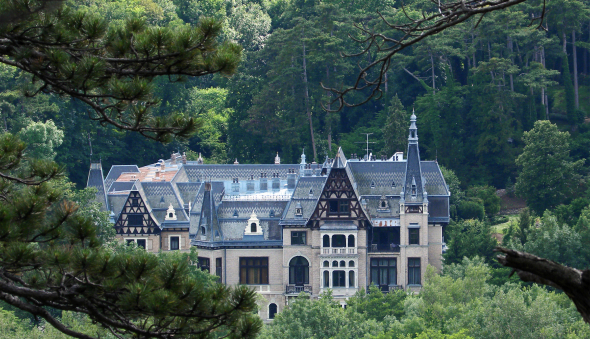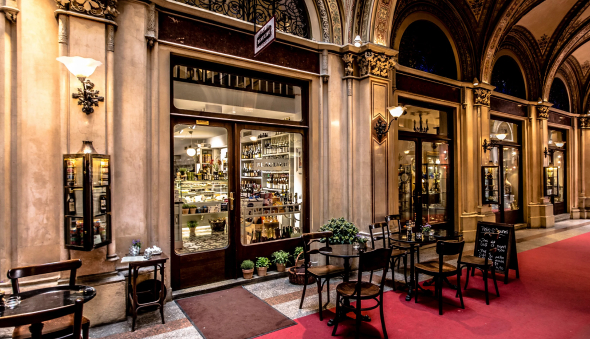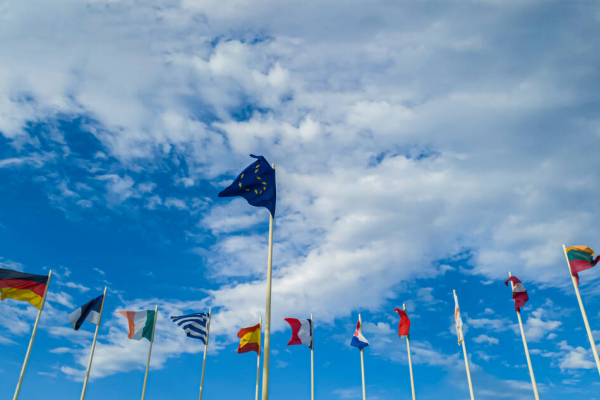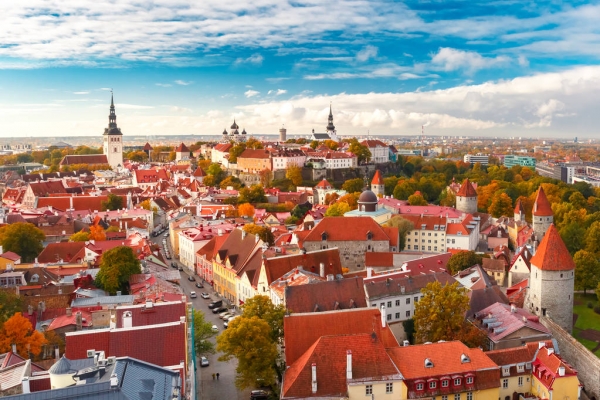Estonia
General information
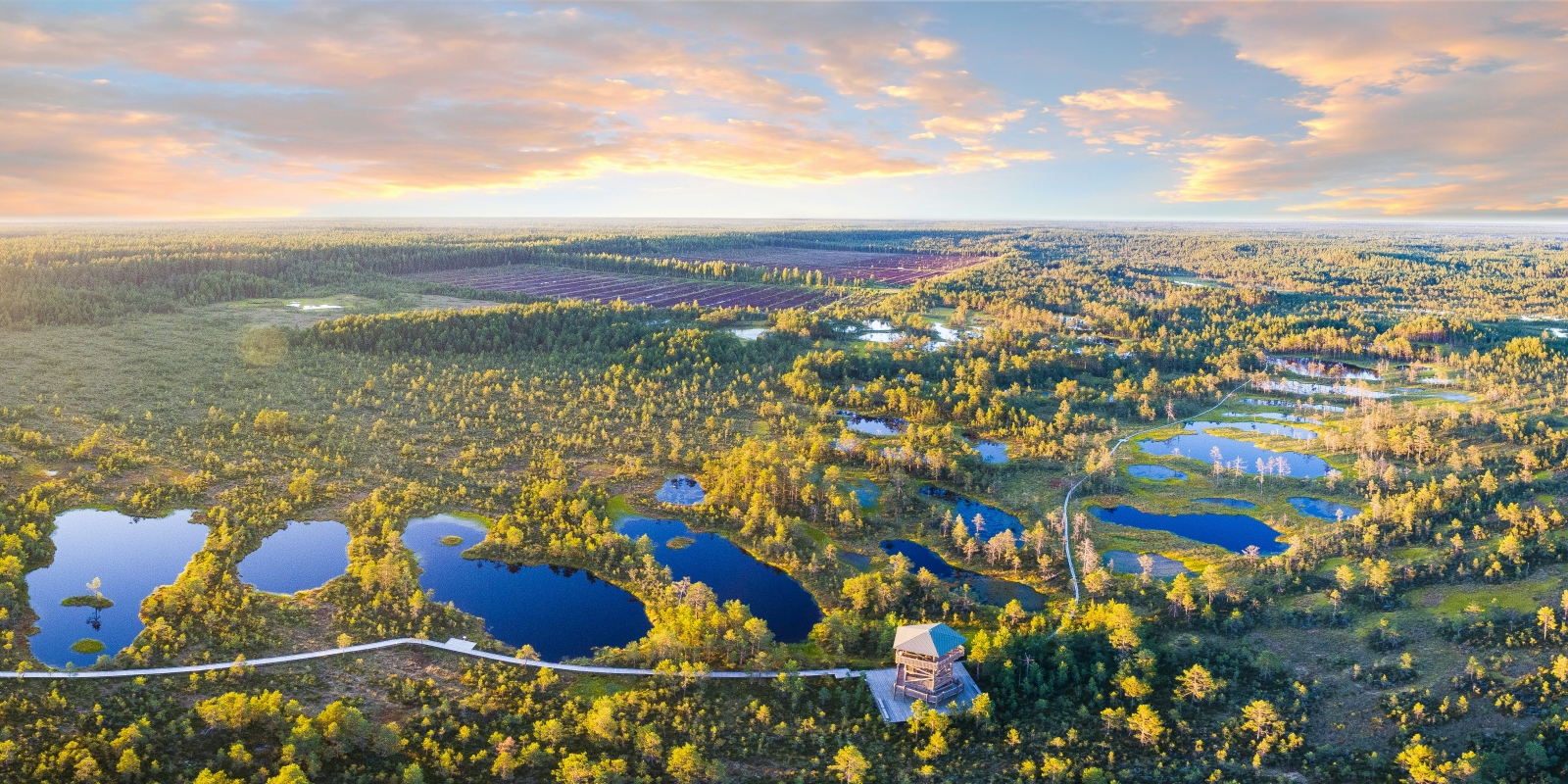
Geography and climate
Estonia is located in Northern Europe on the coast of the Baltic Sea. The country is washed by the Gulf of Finland and Riga. Estonia borders on Russia and Latvia. Since 2004, the Republic of Estonia has been a member of the European Union and NATO. The official currency of Estonia is the euro. The country includes more than two thousand islands in the Baltic Sea. The largest islands are Saaremaa, Hiiumaa, Muhu and Vormsi.
Estonia is a small country. In terms of area, it ranks 129th in the world, 29th in Europe and is the smallest of the Baltic countries.
The climate of Estonia changes from temperate maritime to temperate continental. Summer is cool, winter is mild. The average temperature in the country in July ranges from +17°C to +18°C, in Tallinn the average temperature reaches +21°C. The coldest month of the year is February. In February, the temperature drops from -2°C to -6°C.
The rivers of Estonia are small, but full-flowing. There are about 1200 lakes in Estonia and they occupy about 5% of the country's area. The country has preserved six protected national parks and more than 300 nature reserves.
Economy and infrastructure
Estonia is one of the most developed post-communist countries. Most of the country's GDP (about 70%) is formed by the share of services, about 30% of GDP is the industrial sector. Key sectors of the Estonian economy: telecommunications technology, oil shale energy, chemicals, textiles, shipbuilding, timber, electronics, transport, fisheries and food.
The country has a developed information technology (IT) sector. Estonia mines peat, oil shale, clay, limestone, sand and gravel.
The length of the railway in Estonia is about 1800 kilometers.
Communication routes to neighboring countries – Latvia and Russia – have been established. The length of Estonian motorways is about 42 thousand kilometers. Estonian roads are ranked 38th in the world in terms of road quality.
Maritime communication is well developed in Estonia: there are about ten large ports, six of which are located in Tallinn. The country has two international airports - Tallinn and Tartu airports.
Estonia has a well-developed public transport system. By the way, residents of Estonia can use it for free. The Estonian authorities took this step to unload the roads and take care of the environment. Cyclists are also welcome in Estonia. There are bike paths in major cities, and in Tartu you can rent a bike.
High quality of life
In the list of countries according to the human development index, Estonia ranks 29th in the world ranking. A high standard of living has a positive effect on the life expectancy of citizens: in 2020, the life expectancy of an average citizen is more than 78.4 years.
As of March 2022, Estonia is ranked 36th in the list of the happiest countries according to the International Happiness Index (Happy planet index).
Benefits of living in Estonia
Of all the Baltic countries, Estonia is considered the most prosperous. The IT sector is actively developing here, the average salary exceeds 1000 euros. Estonia has excellent ecology. The country ranks second in the world in terms of air quality, second only to Finland. In 2023, Estonia has been declared the "Green Capital of Europe".
Quality healthcare, safety and tranquility, relatively inexpensive rent, and the ability to travel around Europe are the deciding factors for many expats when choosing a country to move to. Also, the key advantages of living in Estonia include the absence of bureaucracy (most issues are resolved electronically), the measured pace of life, and the absence of traffic jams.
Cultural heritage
The Old Town of Tallinn is included in the UNESCO World Heritage List. The narrow streets of the city, filled with medieval buildings, ancient cathedrals, museums, fall in love with themselves from the first visit. But the key attraction of the Old Town is Toompea Castle. Its history begins in the distant 13th century. This is one of the most valuable architectural objects in the Baltics.
In addition to the Old Town, there are other historical sites in the country that deserve attention.
Narva Castle, Rakvere and Taagepera Castles, Kadriorg Palace, Kuressaare Fortress will be of interest both to lovers of the medieval era and to everyone who wants to get to know the history of the Baltic lands better.
Nature lovers simply must visit the Lahemaa and Soomaa national parks, as well as the island of Saaremaa. These are incredibly picturesque places where you can enjoy the beauty and grandeur of Estonian nature.
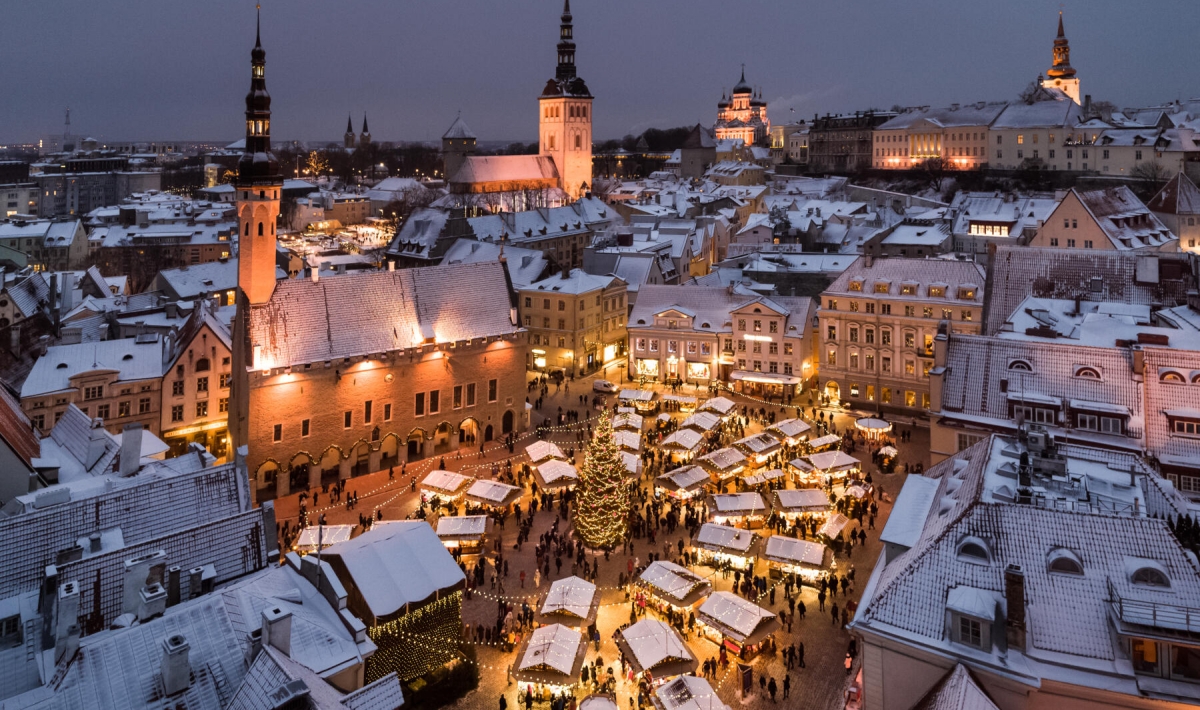
Education in Estonia
There are many programs in English in Estonia. Recently, the number of foreign students in Estonian universities has doubled. Local universities are attracted by the high quality of education and relatively affordable prices. You can enter the university after graduating from the 11th grade.
The cost of training can be up to 5-6 thousand euros per year. However, if you take preparatory Estonian language courses, you can study in Estonian free of charge in the future. Top three Estonian universities: University of Tartu, Tallinn University of Technology, Tallinn University.

